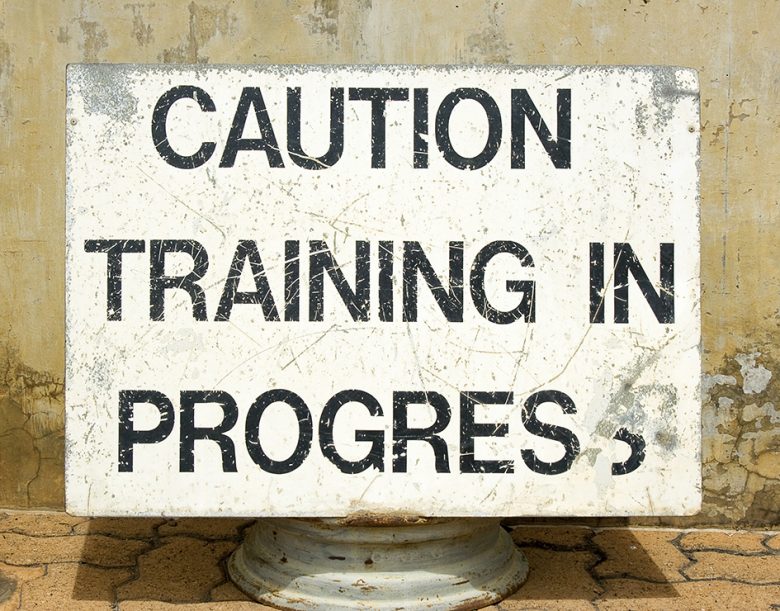Human factors can confer a number of benefits to an organization, including drastic reductions in injury rates. For example, Strad Energy reduced its TRIF by 87% after implementing training to reduce human error. This type of employee safety training isn’t a magic bullet, however, and in order for organizations to achieve Strad’s level of success in addressing human error they should meet several criteria before beginning human factors training.
Realization
Some organizations simply don’t recognize the value of safety. These types of companies are aptly described by Gary Higbee in Inside Out: Rethinking Traditional Management Paradigms:
They do not have safety systems in place; their workers’ compensation costs are out of control. In fact, they might even have trouble hiring employees because nobody wants to go to work there. They have never kept up with the safety regulations; they get by with as little as they can. But, at some point, they finally come to the realization, ‘Hey, this isn’t working. We’re going to have to do something here.’
Before significant safety improvements can be made, a company’s leadership must recognize that something needs to be done. Human factors training require support from all levels of an organization, and any safety initiative is bound to fail if executives haven’t had a light-bulb moment of recognition that safety should be a priority.
Compliance
OSHA and other regulatory bodies set out a number of safety requirements that typically include safety equipment and systems to prevent injury, as well as reports and audits to oversee safety standards. Before thinking about human factors training, businesses should ensure they’re meeting all their compliance requirements.
Empowerment
The final thing an organization needs is a commitment to empowering its workers to take a greater personal responsibility for their own safety. Human factors training is about giving workers new safety skills, greater personal awareness and the ability to identify and create effective safety habits.
Companies that invest in human factors training achieve greater productivity and fewer injuries—but before you can realize these benefits you need to recognize the importance of empowering employees, meet or exceed government-mandated safety requirements, and view safety as an integral component of day-to-day operations.

